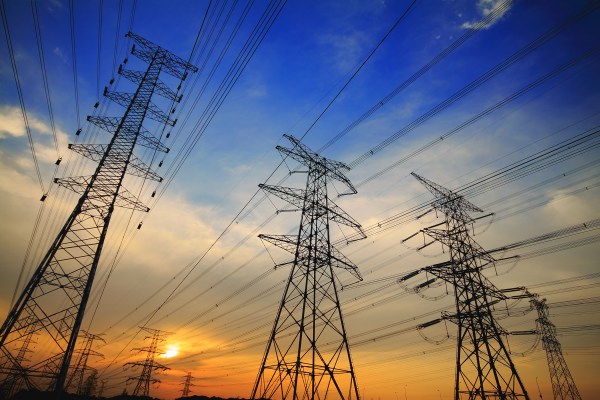Singularity Energy, a SaaS platform that reports on carbon emissions for the electricity grid, has closed a $4.5 million seed round led by Spero Ventures and Energy Impact Partners and joined by existing investors, including Third Sphere and J Ventures.
Singularity, based in Somerville, Massachusetts, provides detailed information about the carbon intensity on the grid at any given moment. It also uses machine learning to predict spikes and troughs in carbon intensity, allowing customers to time their energy use to trim their carbon footprints.
The company initially focused on helping utility customers reduce their electricity costs by shaving demand or turning to battery storage. “Three years ago, four years ago, the battery wasn’t really cheap enough to cover all the costs, right?” founder and CEO Wenbo Shi said. “So we spent a lot of time modeling and coming up with new optimization algorithms to really help the customer make the economics work for battery storage.”
Along the way, Harvard University, an early customer, posed a question. “Harvard is very sustainability-driven. During one of the conversations, they brought up carbon. ‘Can you actually consider carbon as a signal?'” he recalled. “We did a bunch of analysis that demonstrated that, if you only optimize for cost, you will actually increase your emissions instead of reducing emissions for battery storage specifically.”
That conversation set Singularity on a new path, one that also put it in contact with a new set of customers — utilities.
“There aren’t any models that accurately calculate location-based carbon impact,” said Vandan Divatia, vice president of transmission policy, interconnections, and compliance at Eversource Energy. His company, which serves 4.4 million customers in New England, has an aggressive target of reaching net-zero carbon emissions by 2030. As the old adage goes, you can’t manage what you don’t measure.
“Today’s methodology includes very gross approximations of the entire region’s emission factors based on whatever is being generated and consumed throughout the region,” Divatia said. “Singularity allows us to use the much better location-based calculation. So if a particular part of the region has more solar or more nuclear or more wind, then it should have a better carbon footprint.”
Working with utilities gave Singularity new insight into the grid, Shi said, and new avenues for the business. “The vision for Singularity is we want to become like a carbon engine, connecting the supply side with the demand side so that we’re the carbon intelligence provider,” he said. “But in order to get the carbon intelligence — in order to get the best data analytics and intelligence — there is no way for you to achieve that objective without working with the supply side.”
“Unlocking accurate and transparent data has been a critical catalyst for all sorts of innovation historically,” said Marc Tarpenning, a venture partner at Spero, who is joining Singularity’s board. “Singularity is bringing the best quality carbon data and actionable intelligence to the market, and we are excited to see all the different ways their products get put to use by their broad set of customers.”
